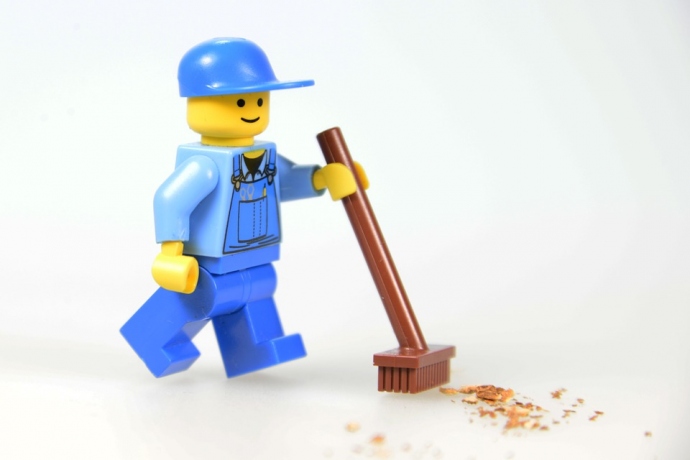Whether you just want a cool picture to amaze your kids, or you’re wanting a full-on immersive fantasy experience for kids-at-heart, toy photography can be a fun way to capture a new dynamic of toys you already know and love. Luckily, toy photography is, in many ways, simpler than other types of photography, given the static nature of the subjects, as well as their small size. With a few easy techniques, you can be well on your way to capturing the imaginations of toy lovers of all ages.

Get on Their Level
Most toys that you will want to photograph will share one common trait: they will be small. This means that if you try to capture a toy from above at your standing height, all you’ll really capture is a picture of a toy that needs to be picked up and put away. In order to really capture emotion in your photographs, you need to get right at eye level with the toy you intend to photograph, or even a little below the toy. That way, you can zoom in closer and be more connected to the toy, allowing you to draw the viewer in.
Light It Up
Since a lot of what makes most toys really “come alive” is a child’s imagination, in order to create engaging photographs, you’re going to have to provide that imagination yourself. One way to do this is by experimenting with different types of lighting. You can use lighting to create dramatic shadows that add emotion to a particular toy, or create another-worldly effect by utilizing different-colored gels on your lights. Reach out to a trained professional to help you with your home studio lighting, like Fowler Electric LTD.
Tell a Story
A simple picture of a toy might make a good addition for a toy catalogue, but if you truly want to draw viewers in, you’ve got to help your toys tell a story. This means that, rather than just standing as static displays, your toys need to convey some sort of motion through the photograph. You can do this in several different ways, such as utilizing flash and a fast shutter speed to actually capture a toy in motion, or by setting up an action scene that tricks the viewer’s eye into believing it could be an ongoing sequence.
Keep It Simple
Beware: once you start taking pictures of toys, it might be too easy to start playing with them, too. That could lead to the desire to add a lot of other toys to your photographs to make them more “exciting.” However, the point of most toy photography is not to be exciting in the way that it’s exciting for a child to play with a toy in the way it’s intended to be played with.
Instead, toy photography is intended to allow a toy to convey an emotion, whatever it may be, that goes beyond what could be conveyed in normal, imaginative play. As such, it’s important to keep the focus on only one or two toys in a photograph, to ensure they are allowed to rise above being normal toys and become a story in the mind of the viewer.
Have Fun
Through it all, don’t take yourself too seriously. After all, you’re ultimately spending your time taking pictures of toys! Enjoy the process, and the positive emotions that you experience will be conveyed in the final product. Embrace the chance to be a kid again and the chance to help other people be kids again, as well.

